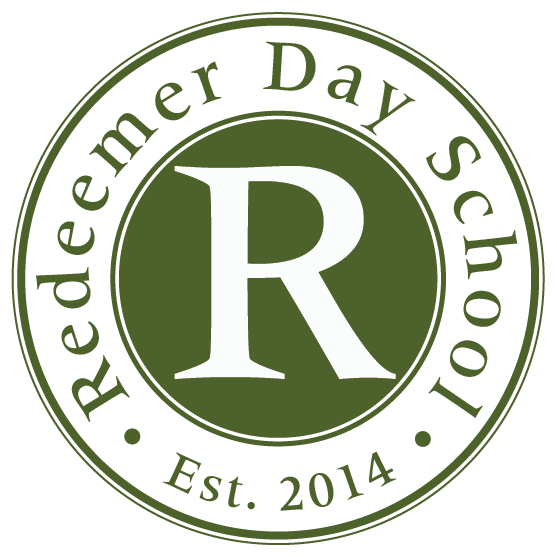Kindergarten
-
Building A Foundation
Our objective in the kindergarten year is for children to develop into more mature and independent learners by the practicing and performance of many tasks. At the beginning of the year, we review the fundamental building blocks to success in school, such as listening to and following directions and respectfully responding to adults and classmates with good manners. The bar of expectations is raised each year at Redeemer Day School, so kindergarten children will be expected to more readily demonstrate an ability to consistently make their best effort and complete their tasks within a time frame. Our goals include encouraging children to accept age appropriate responsibilities and ultimately develop good habits. For example, kindergarten children are instructed in how to take care of their school tools and belongings. We want them to become good managers and stewards of what they have.
-
Adventures In Learning
Children participate in teacher-directed activities that make academic learning a natural part of their day-to-day experience in kindergarten.
Our phonics-based reading program resumes where the pre-kindergarten program ends. Beginning with blending sounds and decoding consonant- vowel-consonant words, the curriculum quickly moves to recognizing consonant blends and reading two vowel words. Reading for comprehension and building vocabulary is integrated into the program as are learning punctuation and how to read sentences with expression.
Our math program includes many fun-filled activities and the use of manipulatives, such as Unifix cubes, clocks, pattern blocks, money, and thermometers. Beginning with rote counting by ones, the children also learn to count by twos, fives, and tens up to 100. Learning to write numerals is practiced in the fall. Building patterns, graphing, and estimating are skills practiced throughout the year. Instruction includes 1) learning to tell time on a clock, 2) learning coin values so that purchases can be made in our class store, and 3) learning the mechanics of addition and subtraction. The mastery of addition facts to 12 is an end of the year goal.
Our handwriting program displays the most visible development during the year. It capitalizes on the readiness skills of following directions that we teach as well as the drawing and fine motor skills that are practiced. We teach the correct formation of each lower case letter and upper case letter. At the end of the year, children are copying sentences from the board and taking spelling tests.
Our Science units recognize the magnificent work of God in creating and sustaining the universe. Our science activities include: observing caterpillars changing to butterflies, the seasonal changes that affect animals and plants, and that heat changes the properties of solids.
Our Social Studies units focus on how God has moved throughout history, particularly in the colonization and founding of our country. In the fall, we learn about the first Thanksgiving feast. In February, we learn about famous presidents (George Washington and Abraham Lincoln).
-
Hiding God’s Word and His Truths in our hearts
Our Bible curriculum begins with teaching the children the character and work of God as taught in the Bible. Children learn that the Bible is God’s message to us. We teach that God’s Word is Truth and without error. We teach that God is three persons in one: God the Father, God the Son, and God the Holy Spirit. Children learn about the attributes of God and Jesus’ birth, sinless life, death, resurrection, ascension, and return. Throughout the year, the children memorize Bible verses so that God’s Word is hidden in their hearts. Believing that the most important knowledge to be imparted is the knowledge of God and His plan of salvation, the character and work of God are taught throughout the whole curriculum.
